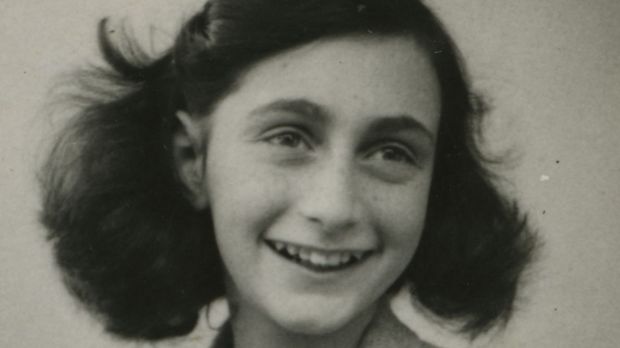Amsterdam: A six-year cold case investigation into the betrayal of Anne Frank has identified a surprising suspect in the mystery of how the Nazis found the hiding place of the famous diarist in 1944.
Anne and seven other Jews were discovered by the Nazis on August 4 of that year, after they had hid for nearly two years in a secret annex above a canal-side warehouse in Amsterdam. All were deported and Anne died in the Bergen Belsen camp at age 15.
A team that included retired US FBI agent Vincent Pankoke and around 20 historians, criminologists and data specialists identified a relatively unknown figure, Jewish notary Arnold van den Bergh, as a leading suspect in revealing the hideout.
Some other experts emphasised that the evidence against him was not conclusive.
Investigating team member Pieter van Twisk said the crucial piece of new evidence was an unsigned note to Anne’s father Otto found in an old post-war investigation dossier, specifically naming Van den Bergh and alleging he passed on the information.
The note said Van den Bergh had access to addresses where Jews were hiding as a member of Amsterdam’s wartime Jewish Council and had passed lists of such addresses to the Nazis to save his own family.
Read the article by Anthony Deutsch and Stephanie van den Berg in the Brisbane Times.

